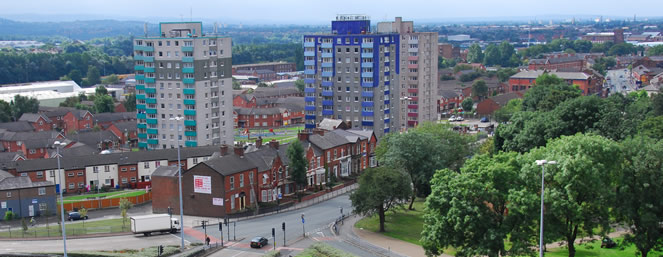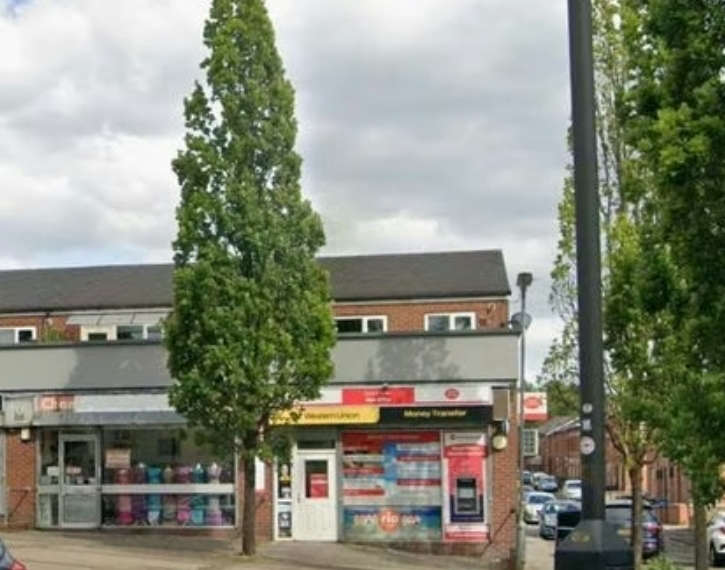
As we head into a new month, the botanical charity Plantlife is once again championing No Mow May, a simple yet powerful campaign encouraging gardeners to pause their lawnmowers and let wildflowers flourish.
With nearly 7.5 million acres of meadows lost since the 1930s, the UK’s pollinators and insect-eating birds are in decline as their habitats are lost. British Garden Centres has put together some tips on how you can participate in No Mow May and transform your gardens into vital refuges for bees, butterflies, and other wildlife.
Going wild
A perfectly mown, striped lawn is like a green desert for bees. Leave the lawnmower in the shed, and your garden will become more wildlife-friendly and attract beneficial insects with its sweet flower heads. When you don’t mow your lawn, more flowers and plants can grow, giving bees and other pollinators the nectar they need.
By letting your lawn grow wild, you’ll start to see daisies, dandelions, creeping buttercups, and common mouse-ear flowers popping out with the grass. These are great for pollinating insects, whilst the taller grass and wild plants will also provide food and shelter for animals like mice, hedgehogs, frogs, toads, and newts.
Plant and sow wildflowers
British Garden Centres offer a variety of wildflower mixes that can be used to enhance lawns during No Mow May and beyond. Mixes and seed bombs can be sown with results visible in less than 8 weeks, containing nectar-rich species such as paper daisies, cornflowers, poppies, camomile, corn marigold, and forget-me-nots.
Once the wildflowers have grown, they create an environment suitable for garden wildlife, providing habitat and food sources.
Small but mighty
Rewilding doesn't mean that you have to leave your whole lawn overgrown all month long. You can still participate in No Mow May by mowing a path to your shed and a patio to make everything in your outdoor space accessible.
If you don’t want to dedicate your entire garden to No Mow May, why not leave just a small patch unmown, which you can leave to grow wild and thrive, providing a habitat for wildlife.
Go organic
Opt for organic methods to maintain your garden and avoid using weedkillers, as these chemicals can harm not only the wildflowers and plants in your lawn but also the health of your soil. To get rid of unwanted weeds, instead of spraying, why not manually pull them out by hand? This natural approach promotes a healthier garden ecosystem.
Change your mowing routine
No Mow May is not just for May, it can last all year round to benefit wildlife. A survey by Plantlife revealed that people with the most flowers in their lawns were the people who mowed their lawns once every four weeks. Keep your lawn at 2-3 inches, which will encourage low-growing flowering plants like clovers and daisies to grow. Also, if you allow the grass to grow longer in your lawn, it tends to get deeper roots and also requires less water.
Amy Stubbs, Project and Development Manager at British Garden Centres, said: “By simply pausing our mowers this May, we can transform our gardens into thriving havens for wildflowers and wildlife, making a powerful difference for pollinators, biodiversity, and our planet. No Mow May is a small act with a mighty impact—letting your lawn go wild is the first step to restoring the balance we've lost and attracting beneficial insects back to our gardens.”
British Garden Centres (BGC) is the UK’s largest family-owned garden centre group with 73 centres around the country.


 Tens of thousands more Greater Manchester homes to be at risk from flooding: Full list of every area affected
Tens of thousands more Greater Manchester homes to be at risk from flooding: Full list of every area affected
 Local talent shines in Channel 5’s lavish new period drama The Forsytes
Local talent shines in Channel 5’s lavish new period drama The Forsytes
 Specscart inspires designers of the future at launch of Manchester Collection competition
Specscart inspires designers of the future at launch of Manchester Collection competition
 Armed robbery at Post Office leaves man injured as offender arrested
Armed robbery at Post Office leaves man injured as offender arrested

